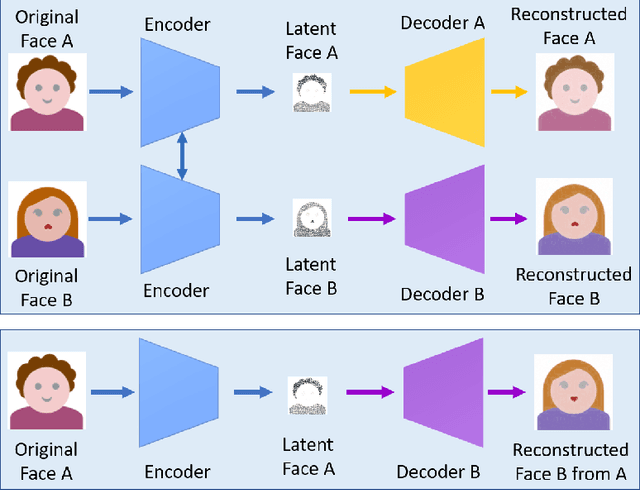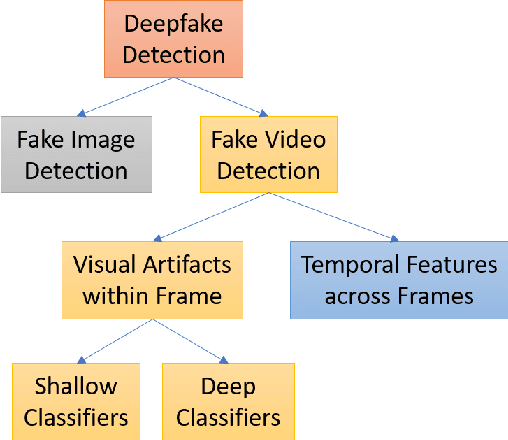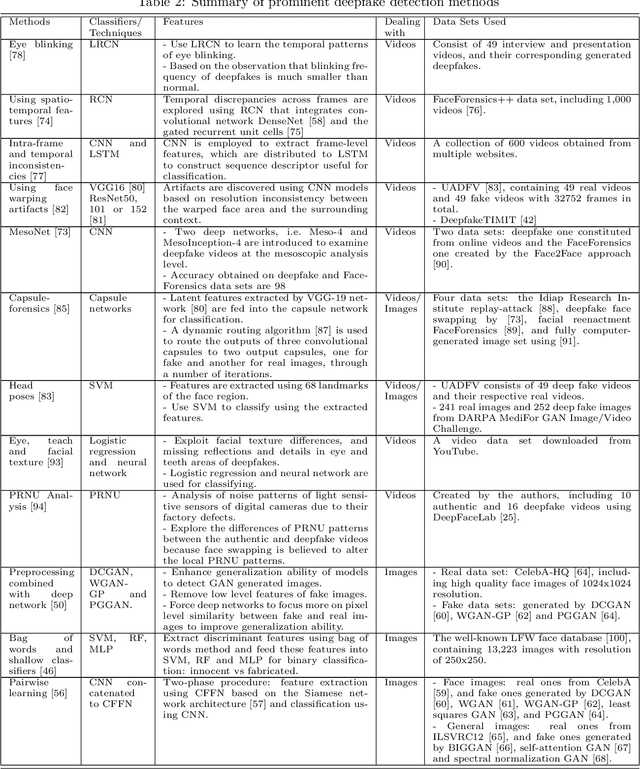Deep Learning for Deepfakes Creation and Detection
Paper and Code
Sep 25, 2019



Deep learning has been successfully applied to solve various complex problems ranging from big data analytics to computer vision and human-level control. Deep learning advances however have also been employed to create software that can cause threats to privacy, democracy and national security. One of those deep learning-powered applications recently emerged is "deepfake". Deepfake algorithms can create fake images and videos that humans cannot distinguish them from authentic ones. The proposal of technologies that can automatically detect and assess the integrity of digital visual media is therefore indispensable. This paper presents a survey of algorithms used to create deepfakes and, more importantly, methods proposed to detect deepfakes in the literature to date. We present extensive discussions on challenges, research trends and directions related to deepfake technologies. By reviewing the background of deepfakes and state-of-the-art deepfake detection methods, this study provides a comprehensive overview of deepfake techniques and facilitates the development of new and more robust methods to deal with the increasingly challenging deepfakes.
 Add to Chrome
Add to Chrome Add to Firefox
Add to Firefox Add to Edge
Add to Edge